In this post, I discuss how you can use a high key to create beautiful displays of color in your paintings.
So what is a high key? It means you push all the values in your painting towards the lighter end of the value scale. So your darks will become mid-tones, and your lights will usually remain around the same value.
- How to Paint Within a High Key?
- The Benefits of Painting in a High Key
- The Compromise of a High Key
- Master Paintings in a High Key
- Want to Learn More?
- Thanks for Reading!
Below is a standard 9-value scale, ranging from near white to near black (it is impossible to paint with absolute white or black).
When you start a painting, you have the option of using all these values between near white and near black.

A high key merely compresses the value range you use in a painting towards the lighter end. You can also compress the value range towards the darks (this is referred to as a low key) or you could just compress the lights and darks, so you are only painting within the mid-tones.
Below is an example of some of the different keys you can paint in.

It is generally recommended that you compress your value range to some extent, as it can be difficult to manage a full range of values.

How to Paint Within a High Key?
Painting within a high key is pretty simple really. All you need to do is push the darkest darks in your painting to around the mid-tone range and then compress all the other values within this new range. Your lightest lights can stay the same.
Most importantly, you must ensure the values between your darkest dark and lightest light retain the same relationship. You are just compressing the values, not changing their position.
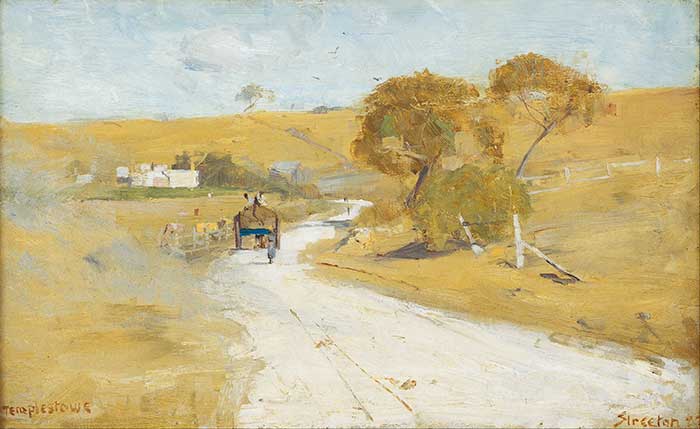
The Benefits of Painting in a High Key
So why would you want to paint in a high key?
One of the main reasons is that it allows you to paint with more vibrant colors. Why? Because most colors reach a peak saturation around the mid-tone range and lose saturation in darker or lighter value ranges.
In order to hit those dark values, you usually need to start using some kind of black. But as you add more black, you also reduce the saturation of your color.
But, if you compress the value range so that your darks are now actually in the mid-tone range, then you can use more saturated colors as your darks. Overall, your painting will be a much more colorful display.
A high-key painting is also just a pleasure to look at. The harmony between colors seems to increase as the colors increase in value. An arrangement of high-key colors seems to produce a glimmering effect.
But painting in a high key does come with compromises, as discussed below.
The Compromise of a High Key
When you paint in a high key, you naturally compromise the value structure of your painting to some extent. So you will not be able to rely on a strong value structure but instead on complex color harmonies to create interest in your paintings.
Also, when you compress your values, you are usually painting outside of the way things ordinarily appear. Instead of painting what you see, you are painting the relationships you see between values. This is a much harder (but still very effective) way of painting.

Master Paintings in a High Key
Here are some paintings created by master artists which are in high key. It is no surprise that some of the most beautiful high-key paintings (in my opinion) are by Claude Monet.
The impressionists are known to paint in a high key so that they could utilize more color in their paintings. Instead of blacks and browns in the darks, they used rich greens, blues and other colors.
Enjoy these beautiful displays of color.

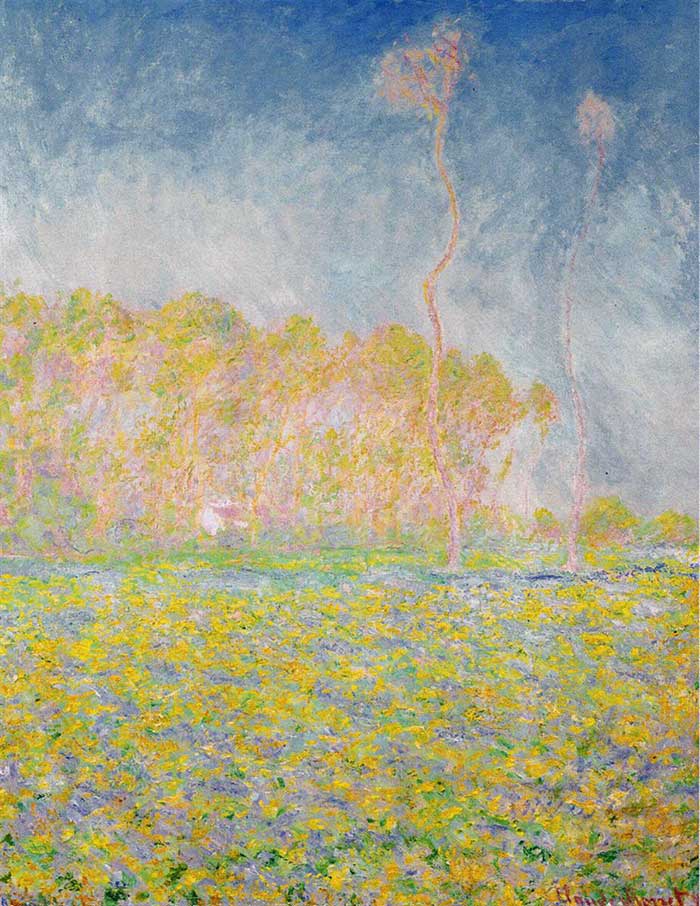
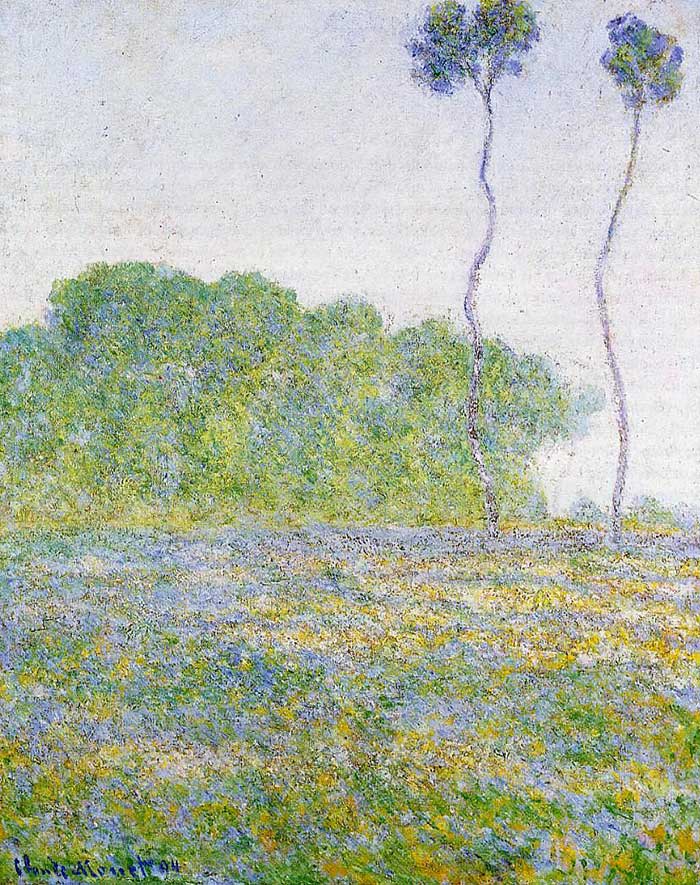
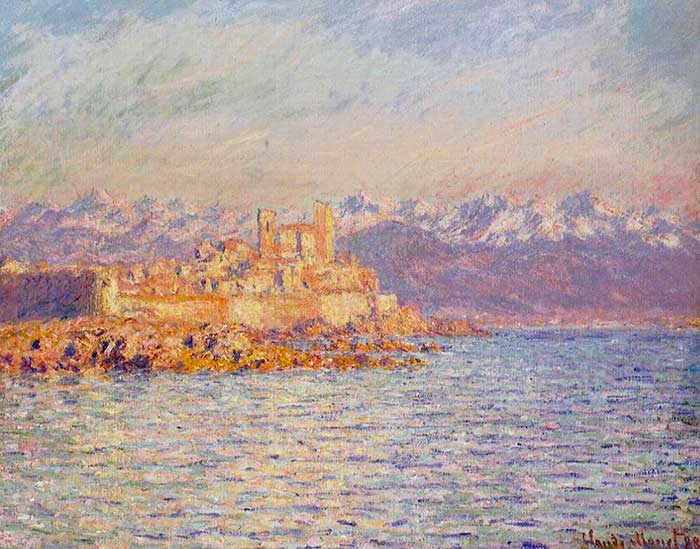

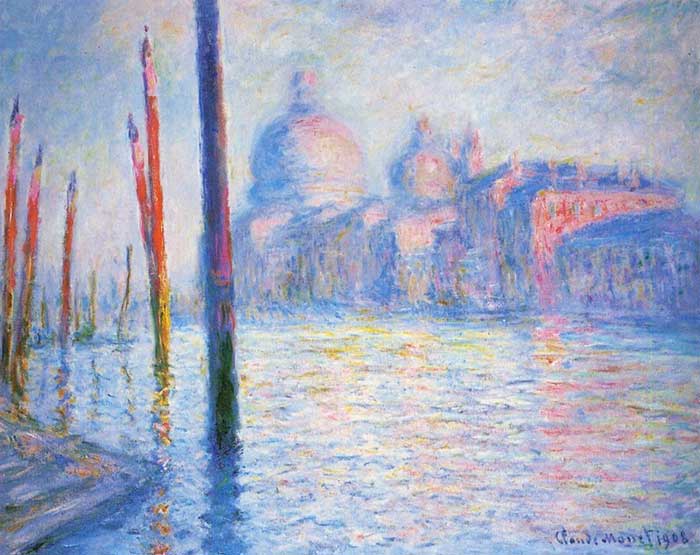
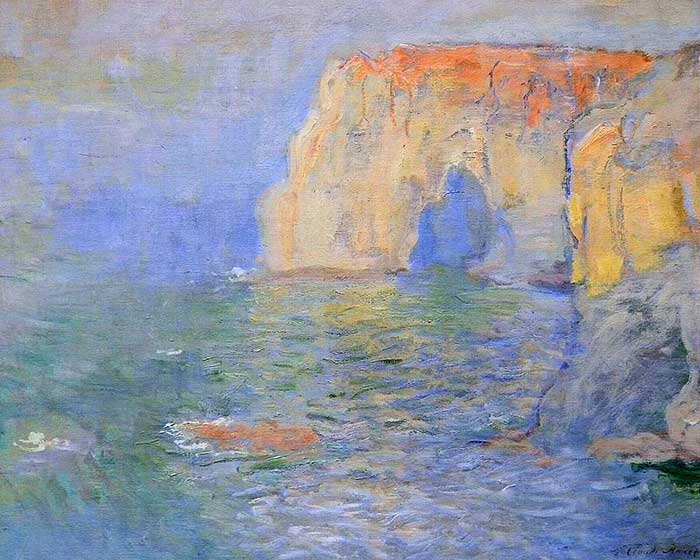

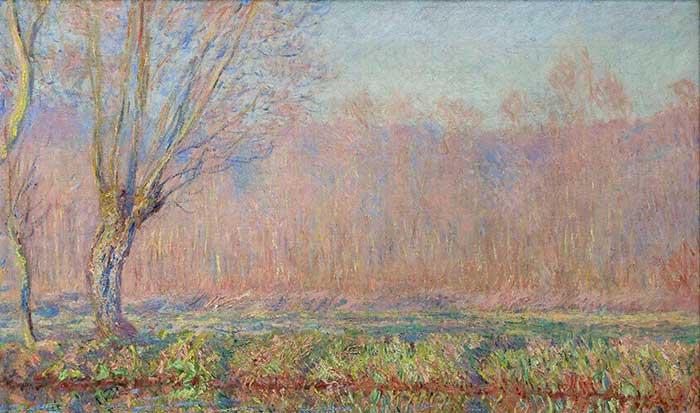
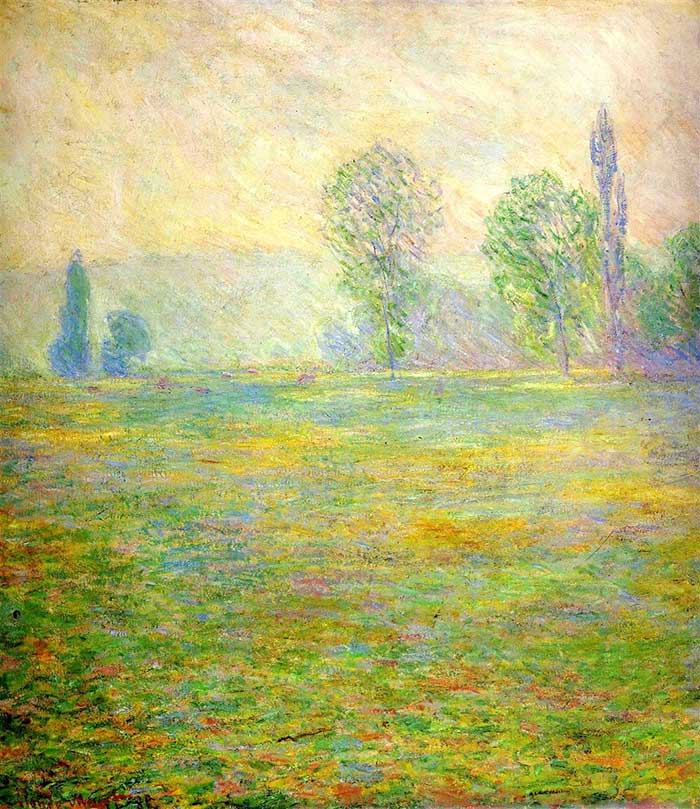
Want to Learn More?
You might be interested in my Painting Academy course. I’ll walk you through the time-tested fundamentals of painting. It’s perfect for absolute beginner to intermediate painters.
Thanks for Reading!
I appreciate you taking the time to read this post and I hope you found it helpful. Feel free to share it with friends.
Happy painting!
Dan Scott

Draw Paint Academy

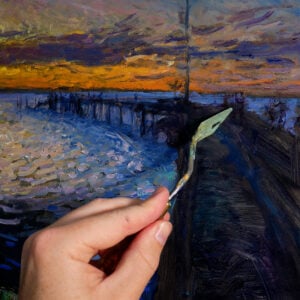

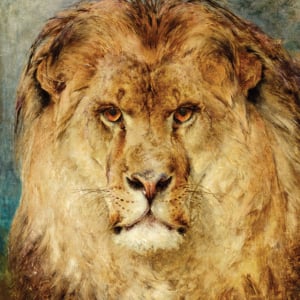
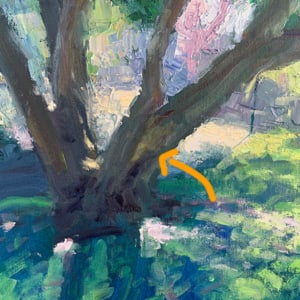

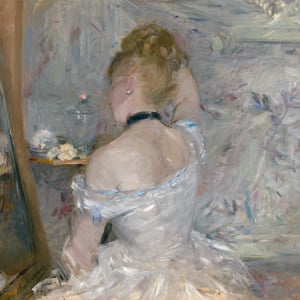
I could never understand why artists painted in high key, but now I am beginning to see the light! Thanks once again for a valuable lesson Dan.
Much appreciated
No problem Norm! Dan
Hi Dan,
You are doing a good job here with drawpaintacademy.com.
I’ve been studying art and have paintied all my life and I know what I’m doing with acrylics.
Much of what your saying is a delightful reminder of the painter’s imperative order of things, many of these are automatic for me but your presentation serves to remind me why I do certain things. A big thank you. I can say that painters of all abilities will benefit from your instruction.
Best wishes.
Ken Roberts
http://www.artbykenroberts.com
Thanks for the kind words Ken. I just checked out your art – it is beautiful! Amazing use of color.
Dan
Very interesting, I will try working with this technique in the future – I have to admit that I was not overly impressed with it as to me it just looked washed out and faded BUT as I looked through the paintings by Monet I see the beauty that can be accomplished by this technique – thank you for the post Dan! My personal favorite is the Bay of Antibes!
Thanks for the comment Pamela! I think it is a difficult style of pull off. If done well, it can produce a beautiful harmony of glimmering color. But as you said, if not done well, the painting may appear washed out and faded.
Dan
Also, thank you for the Range Charts – its nice to have an example of each individual range.
As always, you’ve given me new tools and ideas! Thanks!
No problem Deborah 🙂
Dan
je vous remercie pour votre post ”Comment peindre dans une haute clé ”.
Impressionnant de beauté et très enrichissant.
This was a wonderful explanation of colors in ways that I can understand. Thank you
No problem Virginia thanks for the comment, Dan.
claude monet one of the best. iam just happy to recieve such great painting advise. i would like to re start my oil and acrylic painting . i have stopped for two years, i think its about time to begin again .
personal regards ,
Donald Jones.
When, like me, you only start watercolour painting as a retirement hobby, there’s just so much to learn. I’d noticed the lovely fresh colours of the impressionists’ work, but it didn’t occur to me to think about it all in terms of values. Thank you for opening my eyes and for helping me to learn more about my new hobby.
No problem Anne 🙂
Dan
Thanks for this post. I’m excited to try this soon!
No problem Kathy 🙂 Yes it is a fun style to paint in.
Dan
I have always felt a tug in my heart to put brush to canvas when I look at a Money or Van Gogh, but have absolutely no experience or training. So, I never have even attempted. Your explanations and examples are new knowledge for me and my understanding and love of beautiful painting has grown exponentially. Thank you!
For me as a beginner in painting your articles are very important for understanding how to paint volume, how choose the color and understand the gradation of color when painting light and shadow. I still admire with great works of masters on the basis of which I can improve mine own skills with your help. Thank you so much, Dan!
Hi Larissa, thanks so much for the very kind comment. Just glad I am able to help.
Dan
Hi Dan,
I am new to Painting, To be frank I am not aware of the measures to be taken while we paint. But after I read few articles at drawpaintacademy, I could know the basics. I am sure to follow your guidance.
Thank you so much for the wonderful article!
Hi Sandiv, glad the posts help 🙂 Let me know if you need anything.
Dan
Wow, these examples by Money are absolutely gorgeous. I like that he uses this high-key technique since it makes it easier to use more color in the paintings. This might be a great tip for my sister who is looking for a master painter.
I love this article and have shared it on my Facebook timeline to help some of my other artist friends.
Lynne
https://s-lynneprice.com/
Thanks Sarah! Appreciate the share. Dan
Dan, you have put so much time and effort and thoughtfulness into these informative posts. I really do appreciate the information you give us. Thank you of much.
Thanks for your kind words Joyce! Just happy to help. Thanks, Dan
Appreciate it very much intended for publishing this kind of fascinating article on this matter. It has definitely created me personally believe as well as I’m hoping to learn to read much more.
Thanks for your article. I will share this to my friends and I hope my friends will also liked this article.